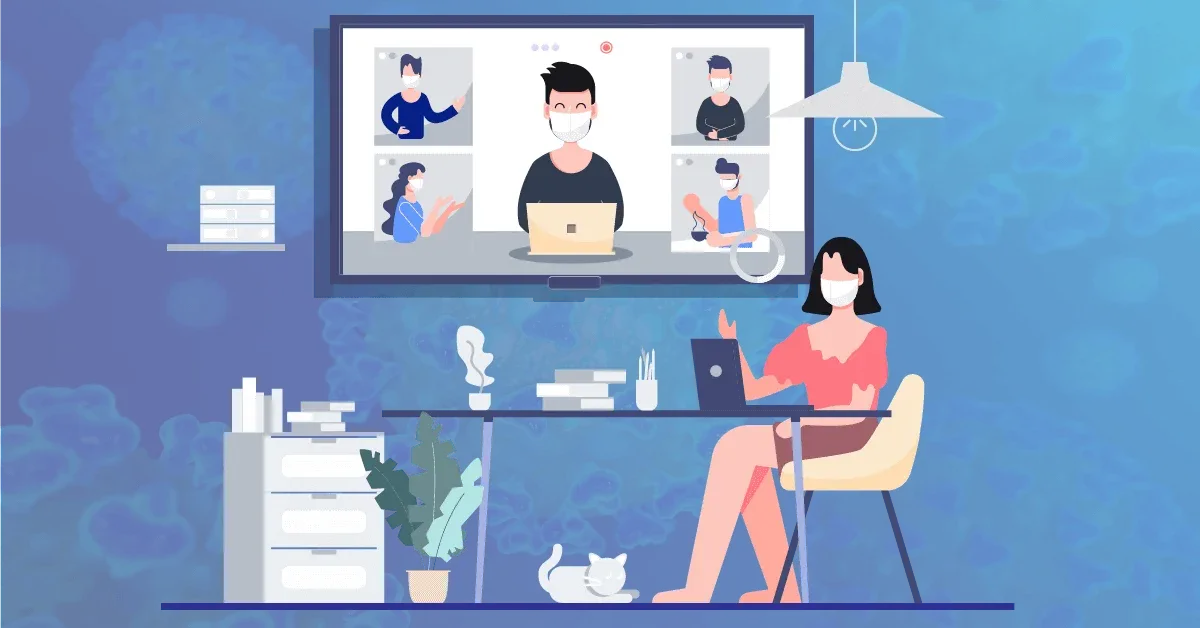During these unprecedented times, hospitals must be able to continue to offer care to their patients. To do our part, Xsolis is doing everything we can to equip hospitals for financial success and operational efficiency.
CORTEX, he precision utilization management platform now known as Dragonfly, integrates disparate clinical and financial data to help Utilization Review staff prioritize cases and determine medical necessity. Normally, when a hospital starts to use Dragonfly [CORTEX], Xsolis flies a team onsite for a “Go-Live” to train the clinical staff and answer any questions the team may have. As the COVID-19 pandemic continues to spread, the Xsolis Operations team quickly realized it was not going to be business as usual. Travel was proving unsafe and gathering nurses for in-person training wouldn’t be possible.
 Xsolis had several hospital clients that were supposed to be implementing Dragonfly about the time COVID-19 travel restrictions were being put in place. Xsolis knew that our partners were depending on getting the platform installed, especially as a remote-friendly source for clinical data would be even more invaluable. These hospitals had spent months planning for the implementation and Xsolis did not want the virus to hold anything back. Xsolis and its partners were more determined to get things going because of the virus. Many hospitals are short-staffed and Xsolis wanted to be sure their partners had the tools in place to ensure their UR teams were able to adapt.
Xsolis had several hospital clients that were supposed to be implementing Dragonfly about the time COVID-19 travel restrictions were being put in place. Xsolis knew that our partners were depending on getting the platform installed, especially as a remote-friendly source for clinical data would be even more invaluable. These hospitals had spent months planning for the implementation and Xsolis did not want the virus to hold anything back. Xsolis and its partners were more determined to get things going because of the virus. Many hospitals are short-staffed and Xsolis wanted to be sure their partners had the tools in place to ensure their UR teams were able to adapt.
No Virus is Going to Slow Us Down
Once solis realized how determined the hospitals were to get Dragonfly [CORTEX] up and running, we immediately started working on a remote implementation plan. Fortunately, two things were working in Xsolis’ favor. First off, Xsolis had already dipped a toe in the water of remote training with Xsolis University, a web-based training portal for hospital staff to learn the ins and outs of Dragonfly. Secondly, many of the hospitals Xsolis was working with were already getting their employees set up to work remotely so doing software training online was not going to be that different.
Once Xsolis decided to move ahead with remote training, we needed to figure out how to keep the personal touch that on-site training provided and to help everyone feel involved and confident. The Xsolis team decided the best way to do this was to use small groups with as many trainers as necessary to be sure everyone had the chance to ask questions. To facilitate this, teams were split into groups of only two or three users per group with supplemental one-on-one sessions for much of the training. “After looking at ways to implement virtual training we felt confident that we had a great plan in place,” Shelia Foster, Senior Project Manager shared. “We were glad our hospital partners were willing to work with us to make the virtual Go-Lives a reality.”
To facilitate the remote Go-Lives, Xsolis coordinated with the hospital managers to schedule training and break the team into groups. To be sure everyone was prepared, Xsolis created additional documentation to give to the nurses ahead of time, which covered many of the topics covered in the training such as a Decision Matrix and Inpatient Workflow; by sharing documentation ahead of time, users had a better foundation of knowledge before coming to “class.”
Surprise Benefits
In addition to users learning as well as they did with on-site training, the remote training had several unexpected benefits. With online training, clients had more flexibility on training dates since it did not have to happen the exact day Xsolis trainers were on-site and remote-working hospital staff did not have to travel to where the training was taking place. Online training also has the added benefit of being easily recorded so it can be viewed later if a new employee comes on to the team or if someone wants a refresher.
Xsolis has now done three fully remote Go-Lives and the training went even better than expected. For the first Go-Live the training team was a bit nervous, but 10 or 15 minutes into the sessions, the trainers realized that class participation was as good as ever and all involved were picking up on the new software quickly and fully. The Director of Case Management at a facility in the Pacific Northwest concurred after her hospital implemented CORTEX in late March 2020: “In this [COVID-19 pandemic] setting, the solutioning required to ensure a successful Go-Live has been agile and creative. We are already seeing a return in our ability to adjust UM staffing as we prepare for the surge to come. This flexibility would not have been possible without the functionality offered by CORTEX.”
Virtual Go-Lives have been such as success that Xsolis already has several more scheduled. The results so far have been outstanding. To date Xsolis has accomplished the following:
- 360+ hours of one-on-one training sessions
- 60+ hours of virtual classroom training
- 65+ users trained
- 15 hospital locations implemented
Virtual Go-Lives will be a future option for our hospital clients, as we work diligently to ensure they can reap the benefits of technology amidst this pandemic.
